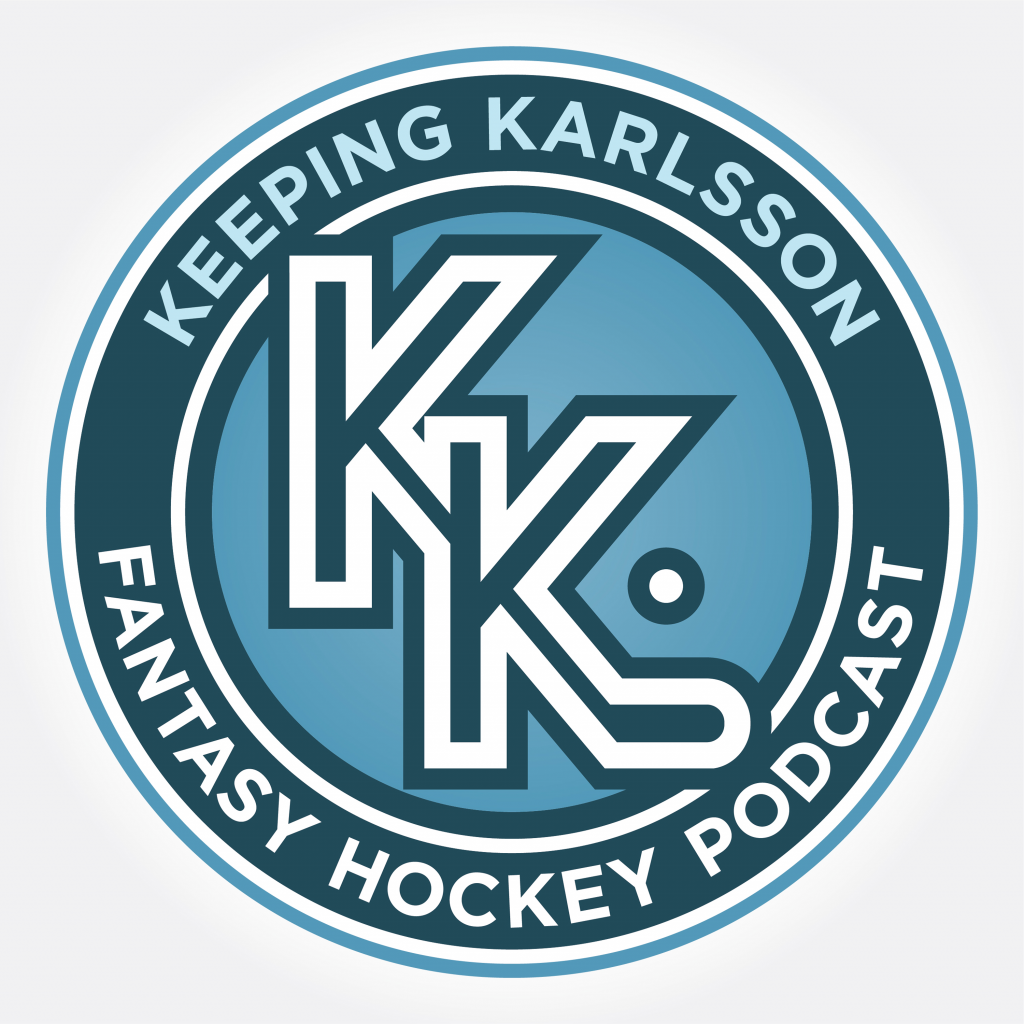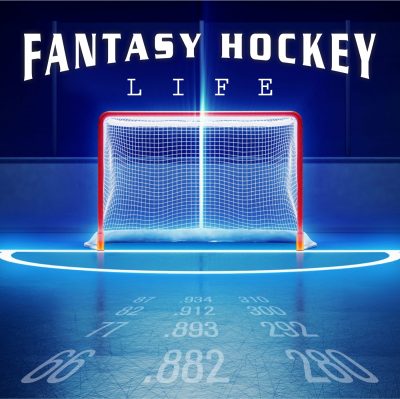The NHL Draft Lottery took place on Monday night, and in a huge move up the board, the New York Islanders ended up winning the first overall pick. So, the team that currently does not have a general manager now has the first overall pick in the Draft. I wonder how much this changes the view of the organization from the standpoint of some potential interviewees.
As a result of the Islanders move, the San Jose Sharks fell to second and Chicago Blackhawks to third. The Utah Utes won the second draw, which moved them up to fourth place.
*
Los Angeles announced on Monday that they were parting ways with general manager Rob Blake. I always appreciate how these things are worded; no one quits or is fired anymore. They part ways, as if they're a group of friends leaving a bar and going home at 2 AM.
We will see what the team decides to do. They can replace Blake internally or look outside the organization. There is still a lot of talent, and great young talent, so it isn't as if this cupboard is anywhere close to bare.
*
A pair of first-period goals from William Nylander set the tone for the Toronto Maple Leafs in their Round 2, Game 1 matchup against the Florida Panthers, a game the Leafs would go on to win 5-4. Nylander later assisted on a Morgan Rielly goal, giving the winger two goals, one assist, and four shots in the game.
Matthew Knies scored the game-winning goal on a breakaway in the third period, while also assisting on a Chris Tanev goal in the second period. The young forward finished with a goal on three shots, an assist, and two hits in the win.
Anthony Stolarz made eight saves on nine shots before being removed halfway through the game after taking an accidentally-on-purpose elbow to the head from Sam Bennett. Stolarz did not return, and Joseph Woll held down the fort the rest of the way, stopping 17 of 20 shots.
After the game, Chris Johnston tweeted that Stolarz was taken out of the arena on a stretcher, so there's a lot more to come from this.
Bennett, Eetu Luostarainen, Seth Jones (PP) and Uvis Balinskis scored the goals for Florida. Jones finished with a block and two hits to go with his goal.
Carter Verhaeghe assisted on both the Jones and Bennett goals, totaling five shots and seven hits in the loss.
Sergei Bobrovsky allowed five goals on 29 shots.
*
My Ramblings over the last couple weeks have been reviewing preseason projections. We started with forwards who underperformed goal-scoring expectations, those who overperformed with their goal totals, and some forwards whose goal tally was close to their preseason projection. Then we moved to point totals to look at the forwards who fell short and those who exceeded expectations. We are going to wrap up the forwards today by going over the names who fell very close to my preseason projection.
We are using Natural Stat Trick for end-of-season data to compare to my preseason projections. We are also limiting the sample to forwards projected for at least 20 points and who appeared in at least 41 games. Then we are extrapolating all point totals to a full 82-game season to try and put everyone on the same footing.
For the group that landed close to their preseason point projections, we are going plus/minus 5% of the projection. So, if they were projected for 50 points in 82 games, they produced somewhere between 47-53 points. Clear? Great.
Here the names between 2-5% above their projection:

Let's talk about a few of them.
Tyler Toffoli (San Jose Sharks)
San Jose finished a distant last for the second year in a row, but Toffoli had a productive fantasy season with his third straight 30-goal campaign while posting 233 shots, which was a top 30 mark among all forwards. On a 60-minute basis among forwards with at least 750 minutes played (337 forwards), his goal rate was 90th percentile and his shot rate was 97th percentile. That is pretty good.
Toffoli turned 33 years old just after the season finished, so age-related decline is always a concern. The Sharks have good, young forwards for him to play with, but as the team improves, his spot on the top power-play unit gets tenuous. For now, it seems safe that he has a top-6/top power play role, but between the draft, any trades, and free agency, let's see how the summer goes.
Jonathan Huberdeau (Calgary Flames)
Looking around some other projections, a lot of people had Huberdeau in the 60-point range, give or take 10% (Dobber had him at 59 points in 80 games, for example). No one had him pushing for a 30-goal season, though, as he ended up with 28 goals and 34 assists. It is one of those cases where a lot of us were right but for the wrong reasons. Project hundreds of players and that will happen.
This is a good news/bad news situation. The bad news is that he shot a career-high 18.3%, the highest for him in any season where he played 70 games, and his next-highest in a season with at least 60 games is 15.1%. His three-year average from 2021-2024 was 11.6%, so that's going to come down next year.
The good news is that his underlying playmaking numbers at 5-on-5 improved a lot from from his earlier Flames performances, per the tracking from AllThreeZones, as his scoring chance assist rate improved by over 20% compared to his first two years in Calgary:

The key here is his secondary assist rate at 5-on-5 in 2024-25 was 0.21, or less than half his first two years with the Flames (0.48). A rebound there could help offset the incoming goal drop and keep him close to 60 points again.
Kirill Kaprizov (Minnesota Wild)
This is a weird one because it's hard to take a victory lap for a player who barely met the minimum cut-off for games played with 41. Saying he would have replicated his first-half performance in the second half is a stretch, especially when we know penalties get called at a lower rate as the season wears on.
From the projections I looked at, mine was highest on Kaprizov's point total and his performance was just above that, extrapolated for 82 games. It feels like a lifetime ago now, but at Christmas, he was 1 of 5 players with at least 50 points, along with Nathan MacKinnon (57), Leon Draisaitl (52), Mikko Rantanen (52), and Nikita Kucherov (50).
Overall, none of the numbers we look at for regression (individual shooting percentage, team shooting percentage, goal participation, secondary assists at 5-on-5) were out of range for him. He was just playing extremely well and getting a lot of ice time. He seems to be a lock as a top-10 fantasy pick in September.
Alright, let's look at some players at the other end, who were between 2-5% lower than my preseason point projection:
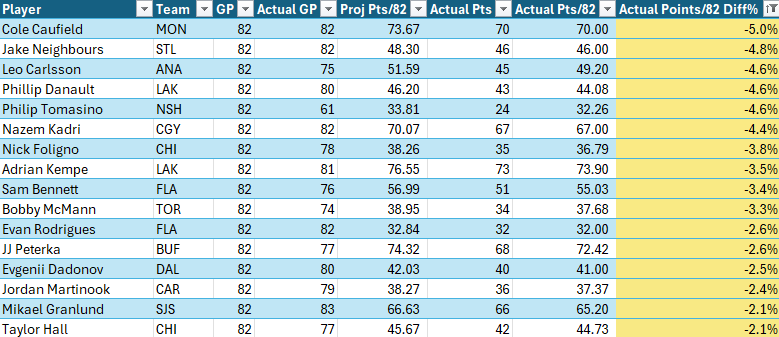
How about we start with our Small Goals Boy.
Cole Caufield (Montreal Canadiens)
Caufield had a marvelous season with career-highs in goals (37), points (70), hits (66), and blocks (31). It is also fun to think about what his season would have looked like had he not lost 1:20 per game in ice time (he played 110 fewer minutes in 2024-25 than in 2023-24) and had Patrik Laine not scored (15) half the team's power-play goals (30) between December 1st and March 31st.
There are two ways to look at Caufield in the next few years.
The first way is that Montreal and their young core is starting their ascent to being a perennial contender. They still have a ways to go, but there are a half-dozen skaters age-25 or younger that are the pillars of this team, (hopefully) a couple more young stars on the way, and lots of potential improvements in some depth roles. As the team improves, so will Caufield's production.
The second way is that as the team gets deeper, his role gets reduced, something we've already seen. Does he end up in a Tyler Toffoli-esque role, skating in a top-6/top power play role but only earning about 17 minutes a game? As a Habs fan and fantasy hockey enthusiast, I hope not, but it's certainly not out of the question.
JJ Peterka (Buffalo Sabres)
As far as I can tell, no other major projections had Peterka for over 70 points in an 82-game season, and seeing as he finished with 68 points in 77 games, I'll give myself an extra cookie with supper tonight.
In fairness, Peterka shooting a career-high 15.6% did help here, but it's also not as if that's an improbable number. Also, as mentioned in the Ramblings on forwards whose goal totals came in very close to my projection, my expectation was that Buffalo would be an improved offensive group under new coach Lindy Ruff, and they were. Couple that with Peterka just being a good player who is approaching his prime, and lots of top line/top PP minutes, and projecting a very good season from him makes sense.
Peterka is a very interesting player. Here is the aforementioned 5-on-5 tracking data for his three full NHL seasons:

His first full year saw good rates of scoring chance assists (SCA/60), high-danger passes (HDPass/60), and good offensive creation both off the rush and cycle while not attempting a lot of shots. In his second season, as the team pulled back on its offence to improve its defence, Peterka's numbers suffered almost across the board, but he became a heavy volume shooter. This past season, the playmaking numbers improved once again, but the offence off the rush and cycle both landed between his first two seasons, as did his rate of shot attempts. It is basically three different styles of offence in three straight seasons.
Overall, there should still be a lot of excitement about Peterka and his production potential. He is a cornerstone for the Sabres, and his usage should reflect as such. The real question is 'What type of player is he?' because that hasn't settled yet as there's been so much upheaval around the team.

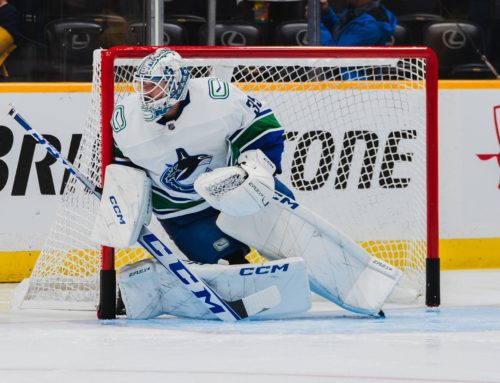

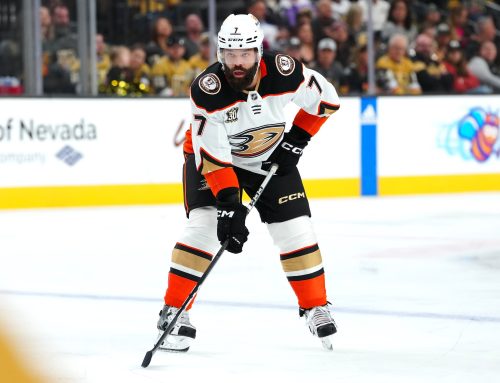

 FLA
FLA CHI
CHI NYR
NYR PIT
PIT L.A
L.A COL
COL CAR
CAR MIN
MIN VGK
VGK N.J
N.J CBJ
CBJ BOS
BOS
 T.B
T.B